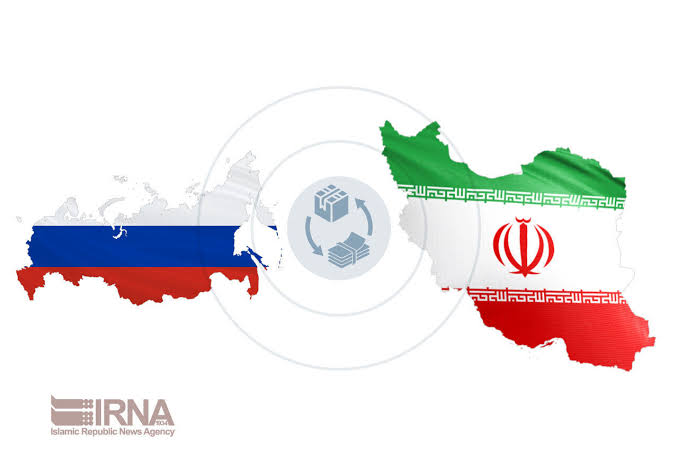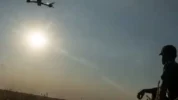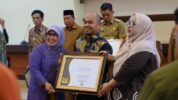Tehran and Moscow Seal 20-Year Alliance to Expand Military and Economic Ties
Regionally, the agreement envisions closer alignment in strategic zones like the Caspian Sea, Central Asia, and the Middle East. It emphasizes joint efforts to reduce what it describes as “destabilizing Western influence”, and reinforces both countries’ positions within forums like the Shanghai Cooperation Organization (SCO).
In the information domain, the treaty addresses cybersecurity and state media cooperation. Article 11 calls for the protection of national cyber infrastructure, while Article 33 lays the groundwork for coordinated media narratives to counter Western “disinformation” and amplify pro-government messaging.
Cultural and scientific exchange also received attention, with the treaty promoting academic collaboration, space research, and tourism development. Article 31 highlights plans for cooperation in space exploration, while Article 35 supports cross-border cultural and educational initiatives to build public goodwill.
The treaty is valid for 20 years, with automatic five-year renewals unless either party opts out by giving one year’s advance notice (Article 45). This long-term structure signals the strategic depth and durability of the Iran-Russia alliance.
Observers say the pact could significantly shift global power dynamics. It not only bolsters Iran and Russia’s standing but also poses challenges to U.S. foreign policy in the Middle East, Eastern Europe, and Central Asia. Increased arms transfers to Iran are likely, potentially escalating tensions across the region.
Western analysts and diplomats have expressed alarm, citing the agreement’s potential to undermine non-proliferation efforts. With Iran’s controversial nuclear ambitions and Russia’s willingness to share advanced technology, the deal is seen as a destabilizing force in an already volatile geopolitical landscape.



























Tinggalkan Balasan